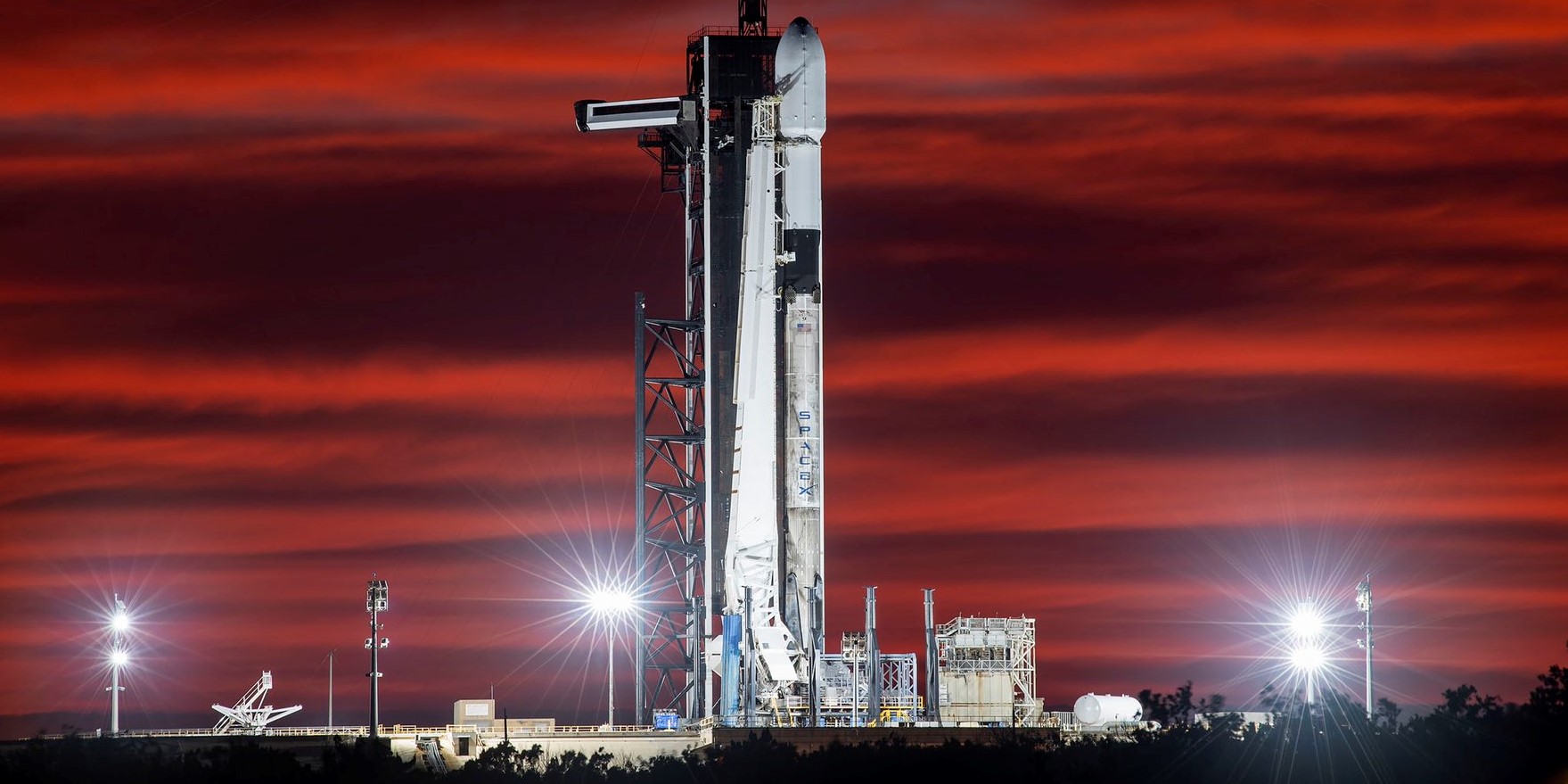
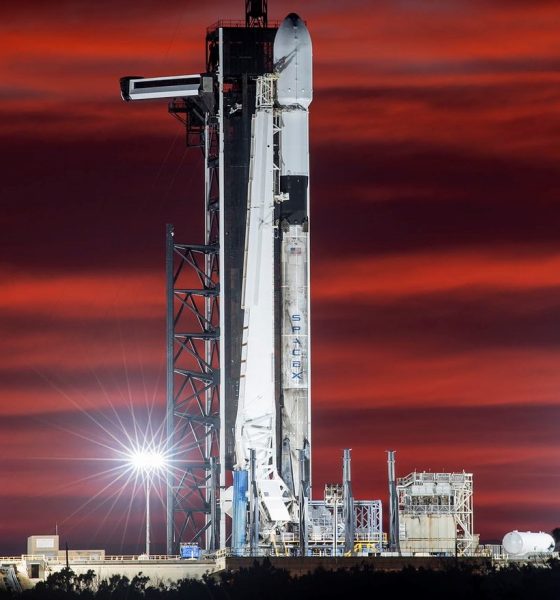
News
SpaceX Starlink launch suffers third weather scrub, next attempt Tuesday
Update: Multiple weather constraint violations forced SpaceX to scrub today’s Starlink-12 launch attempt less than half an hour before liftoff, marking the mission’s third weather-related scrub and fourth abort overall since mid-September. As of October 4th, the US Air Force 45th Space Wing predicted a 40% chance of weather violation.
SpaceX’s fifth Starlink-12 launch attempt is scheduled no earlier than 7:29 am EDT (11:29 UTC) on Tuesday, October 6th. The mission-specific T-1 weather forecast predicts a 70% chance of favorable conditions.
On the heels of a rare last-second Falcon 9 launch abort, SpaceX is closing in on its third attempt to launch the 12th batch of operational Starlink satellites.
Scheduled to lift off from Kennedy Space Center (KSC) Launch Complex 39A (Pad 39A) no earlier than (NET) 7:51 am EDT (11:51 UTC) on Monday, October 5th, Starlink-12 was originally scheduled to launch in mid-September. Bad weather at the Atlantic Ocean landing zone caused a ten-day delay from September 17th to the 27th, followed by a pad weather delay on the 28th.
After a ULA Delta IV Heavy mission with range priority was scrubbed for the seventh time on September 30th, SpaceX tried to launch Starlink-12 again but suffered an abort – later blamed on a pad sensor – seven seconds before liftoff. Finally, a new Falcon 9 launch with an upgraded GPS III satellite aboard was aborted just two seconds before liftoff on October 2nd. Moved from NET October 3rd to the 5th just prior to GPS III SV04’s separate launch delay, Starlink-12 is now up next.
Interrupting what has otherwise been a much-improved level of launch readiness and schedule reliability for Falcon 9 and Falcon Heavy’s Block 5 upgrade, this recent string of delays – while mostly the result of weather and ULA’s own NROL-44 launch delays – has even become a concern for CEO Elon Musk. Currently focused on building out SpaceX’s new Starship factory and pushing towards the rocket’s first high-altitude and orbital test flights in Boca Chica, Texas, Musk stated that he would be flying to Cape Canaveral “to review hardware in person” on the week of October 5th.
Musk also says that SpaceX is “doing a broad review of launch site, propulsion, structures, avionics, range, & regulatory constraints” to determine if an apparent goal of “48 launches” in 2021 is feasible.
To be fair to SpaceX, most of the plague of delays suffered by the company in the last month has been caused by a mixture of weather and the range’s preferential treatment of ULA’s “national security” NROL-44 launch. Additionally, of an impressive seven ULA NROL-44 launch attempts between August 26th and September 30th, just a single one was caused by weather – the remaining six a result of a wide variety of technical software and hardware bugs. SpaceX’s Starlink-12 and GPS III SV04 missions have only suffered one technical launch abort each on September 30th and October 2nd.
In other words, short of upgrading Falcon rockets to launch and land in worse weather conditions, most of SpaceX’s delays have been largely out of the company’s control, while ULA’s NROL-44 struggles demonstrate just how much worse things could be. According to an unofficial analysis of 44 Falcon Block 5 launches since May 2018, only four technical launch aborts have been triggered by a booster fault. Pad-caused aborts have been roughly as common, meaning that 1 in roughly 6 to 8 SpaceX launches suffers some kind of abort shortly before liftoff, on average.
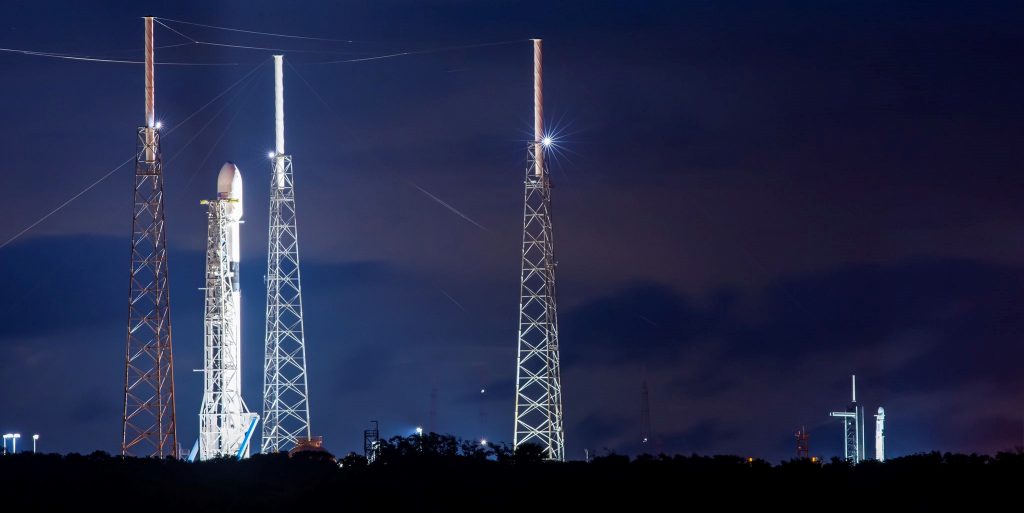
Altogether, Falcon Block 5 rockets have been relatively dependable for on-time, on-schedule launches even if SpaceX has struggled with more repeated delays than usual in the last few months. To achieve anywhere close to 48 launches annually, however, major improvements will need to be made, likely including upgrades to whatever is responsible for Falcon 9’s weather constraints. As of October 2020, SpaceX has never launched four times in one month (or four times in the same ~30-day period). To launch 48 times in one year, SpaceX will need to average four launches per month. That, of course, in no way accounts for the possibility that 2020-esque summer weather could functionally cut 4-8+ weeks off of Falcon 9’s annual availability.
Regardless, SpaceX will begin live coverage of the third Starlink-12 launch attempt around 7:35 am EDT (11:35 UTC). Tune in to (hopefully) catch the company’s 17th launch this year.
Check out Teslarati’s Marketplace! We offer Tesla accessories, including for the Tesla Cybertruck and Tesla Model 3.

News
Rivian unveils self-driving chip and autonomy plans to compete with Tesla
Rivian, a mainstay in the world of electric vehicle startups, said it plans to roll out an Autonomy+ subscription and one-time purchase program, priced at $49.99 per month and $2,500 up front, respectively, for access to its self-driving suite.
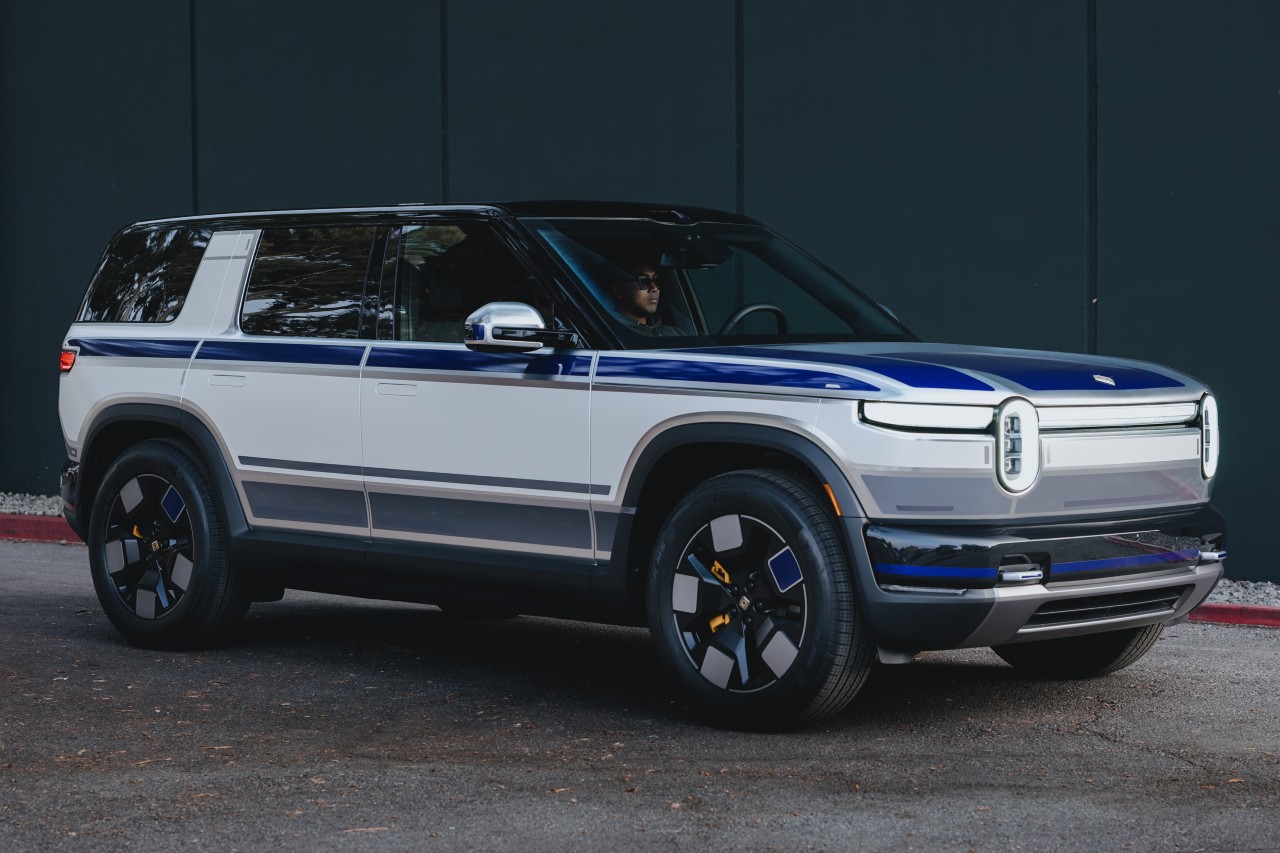
Rivian unveiled its self-driving chip and autonomy plans to compete with Tesla and others at its AI and Autonomy Day on Thursday in Palo Alto, California.
Rivian, a mainstay in the world of electric vehicle startups, said it plans to roll out an Autonomy+ subscription and one-time purchase program, priced at $49.99 per month and $2,500 up front, respectively, for access to its self-driving suite.
CEO RJ Scaringe said it will learn and become more confident and robust as more miles are driven and it gathers more data. This is what Tesla uses through a neural network, as it uses deep learning to improve with every mile traveled.
He said:
“I couldn’t be more excited for the work our teams are driving in autonomy and AI. Our updated hardware platform, which includes our in-house 1600 sparse TOPS inference chip, will enable us to achieve dramatic progress in self-driving to ultimately deliver on our goal of delivering L4. This represents an inflection point for the ownership experience – ultimately being able to give customers their time back when in the car.”
At first, Rivian plans to offer the service to personally-owned vehicles, and not operate as a ride-hailing service. However, ride-sharing is in the plans for the future, he said:
“While our initial focus will be on personally owned vehicles, which today represent a vast majority of the miles to the United States, this also enables us to pursue opportunities in the rideshare space.”
The Hardware
Rivian is not using a vision-only approach as Tesla does, and instead will rely on 11 cameras, five radar sensors, and a single LiDAR that will face forward.
It is also developing a chip in-house, which will be manufactured by TSMC, a supplier of Tesla’s as well. The chip will be known as RAP1 and will be about 50 times as powerful as the chip that is currently in Rivian vehicles. It will also do more than 800 trillion calculations every second.
Meet the Rivian Autonomy Processor.
Fast, smart, scalable and purpose-built for autonomous driving and the world of physical AI. Hitting the open road in 2026. pic.twitter.com/0wYXi5WKy7
— Rivian (@Rivian) December 11, 2025
RAP1 powers the Autonomy Compute Module 3, known as ACM3, which is Rivian’s third-generation autonomy computer.
ACM3 specs include:
- 1600 sparse INT8 TOPS (Trillion Operations Per Second).
- The processing power of 5 billion pixels per second.
- RAP1 features RivLink, a low-latency interconnect technology allowing chips to be connected to multiply processing power, making it inherently extensible.
- RAP1 is enabled by an in-house developed AI compiler and platform software
As far as LiDAR, Rivian plans to use it in forthcoming R2 cars to enable SAE Level 4 automated driving, which would allow people to sit in the back and, according to the agency’s ratings, “will not require you to take over driving.”
More Details
Rivian said it will also roll out advancements to the second-generation R1 vehicles in the near term with the addition of UHF, or Universal Hands-Free, which will be available on over 3.5 million miles of roadway in the U.S. and Canada.
More than any other feature, our owners have asked for more hands-free miles.
With Universal Hands-Free, you can now enjoy hands-free assisted driving on any road with clearly defined lanes. That’s roughly 3.5 million miles in the U.S. and Canada.
Look for it in our next… pic.twitter.com/ZFhwVzvt6b
— Rivian (@Rivian) December 11, 2025
Rivian will now join the competitive ranks with Tesla, Waymo, Zoox, and others, who are all in the race for autonomy.
News
Tesla partners with Lemonade for new insurance program
Tesla recently was offered “almost free” coverage for Full Self-Driving by Lemonade’s Shai Wininger, President and Co-founder, who said it would be “happy to explore insuring Tesla FSD miles for (almost) free.”

Tesla owners in California, Oregon, and Arizona can now use Lemonade Insurance, the firm that recently said it could cover Full Self-Driving miles for “almost free.”
Lemonade, which offered the new service through its app, has three distinct advantages, it says:
- Direct Connection for no telematics device needed
- Better customer service
- Smarter pricing
The company is known for offering unique, fee-based insurance rates through AI, and instead of keeping unclaimed premiums, it offers coverage through a flat free upfront. The leftover funds are donated to charities by its policyholders.
On Thursday, it announced that cars in three states would be able to be connected directly to the car through its smartphone app, enabling easier access to insurance factors through telematics:
Lemonade customers who own @Tesla vehicles in California, Oregon, and Arizona can now connect their cars directly to the Lemonade app! ⚡🚘
Direct connection = no telematics device needed 📵
Better customer experience 💃
Smarter pricing with Lemonade 🧠This is a game-changer… pic.twitter.com/jbabxZWT4t
— Lemonade (@Lemonade_Inc) December 11, 2025
Tesla recently was offered “almost free” coverage for Full Self-Driving by Lemonade’s Shai Wininger, President and Co-founder, who said it would be “happy to explore insuring Tesla FSD miles for (almost) free.”
The strategy would be one of the most unique, as it would provide Tesla drivers with stable, accurate, and consistent insurance rates, while also incentivizing owners to utilize Full Self-Driving for their travel miles.
Tesla Full Self-Driving gets an offer to be insured for ‘almost free’
This would make FSD more cost-effective for owners and contribute to the company’s data collection efforts.
Data also backs Tesla Full Self-Driving’s advantages as a safety net for drivers. Recent figures indicate it was nine times less likely to be in an accident compared to the national average, registering an accident every 6.36 million miles. The NHTSA says a crash occurs approximately every 702,000 miles.
Tesla also offers its own in-house insurance program, which is currently offered in twelve states so far. The company is attempting to enter more areas of the U.S., with recent filings indicating the company wants to enter Florida and offer insurance to drivers in that state.
News
Tesla Model Y gets hefty discounts and more in final sales push
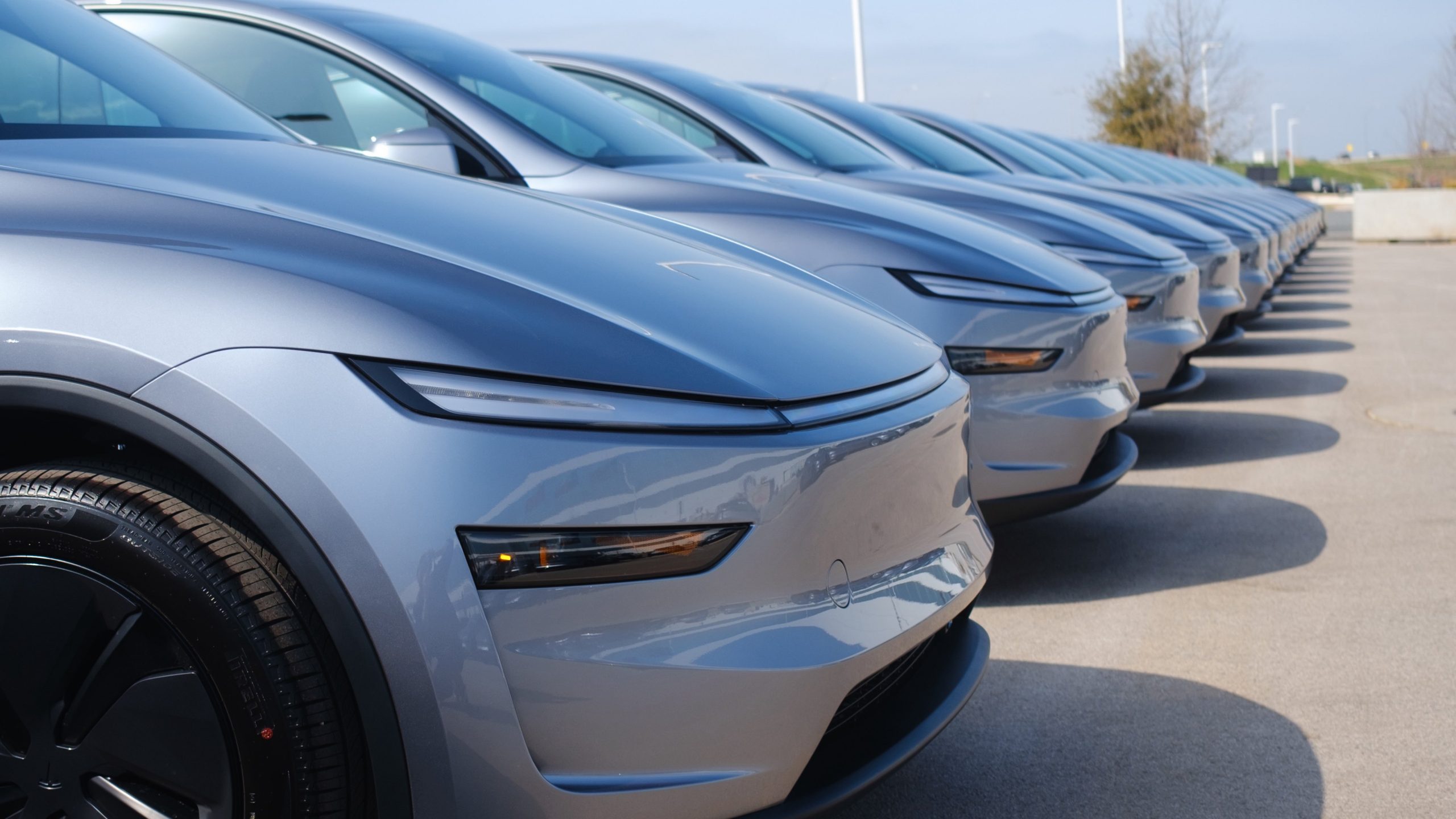
Tesla Model Y configurations are getting hefty discounts and more benefits as the company is in the phase of its final sales push for the year.
Tesla is offering up to $1,500 off new Model Y Standard trims that are available in inventory in the United States. Additionally, Tesla is giving up to $2,000 off the Premium trims of the Model Y. There is also one free upgrade included, such as a paint color or interior color, at no additional charge.
NEWS: Tesla is now offering discounts of up to $1,500 off new Model Y Standard vehicles in U.S. inventory. Discounts of up to $2,000 are also being offered on Model Y Premiums.
These discounts are in addition to the one free upgrade you get (such as Diamond Black paint) on… pic.twitter.com/L0RMtjmtK0
— Sawyer Merritt (@SawyerMerritt) December 10, 2025
Tesla is hoping to bolster a relatively strong performance through the first three quarters of the year, with over 1.2 million cars delivered through the first three quarters.
This is about four percent under what the company reported through the same time period last year, as it was about 75,000 vehicles ahead in 2024.
However, Q3 was the company’s best quarterly performance of all time, and it surged because of the loss of the $7,500 EV tax credit, which was eliminated in September. The imminent removal of the credit led to many buyers flocking to Tesla showrooms to take advantage of the discount, which led to a strong quarter for the company.
2024 was the first year in the 2020s when Tesla did not experience a year-over-year delivery growth, as it saw a 1 percent slide from 2023. The previous years saw huge growth, with the biggest coming from 2020 to 2021, when Tesla had an 87 percent delivery growth.
This year, it is expected to be a second consecutive slide, with a drop of potentially 8 percent, if it manages to deliver 1.65 million cars, which is where Grok projects the automaker to end up.
Tesla will likely return to its annual growth rate in the coming years, but the focus is becoming less about delivery figures and more about autonomy, a major contributor to the company’s valuation. As AI continues to become more refined, Tesla will apply these principles to its Full Self-Driving efforts, as well as the Optimus humanoid robot project.
Will Tesla thrive without the EV tax credit? Five reasons why they might
These discounts should help incentivize some buyers to pull the trigger on a vehicle before the year ends. It will also be interesting to see if the adjusted EV tax credit rules, which allowed deliveries to occur after the September 30 cutoff date, along with these discounts, will have a positive impact.








